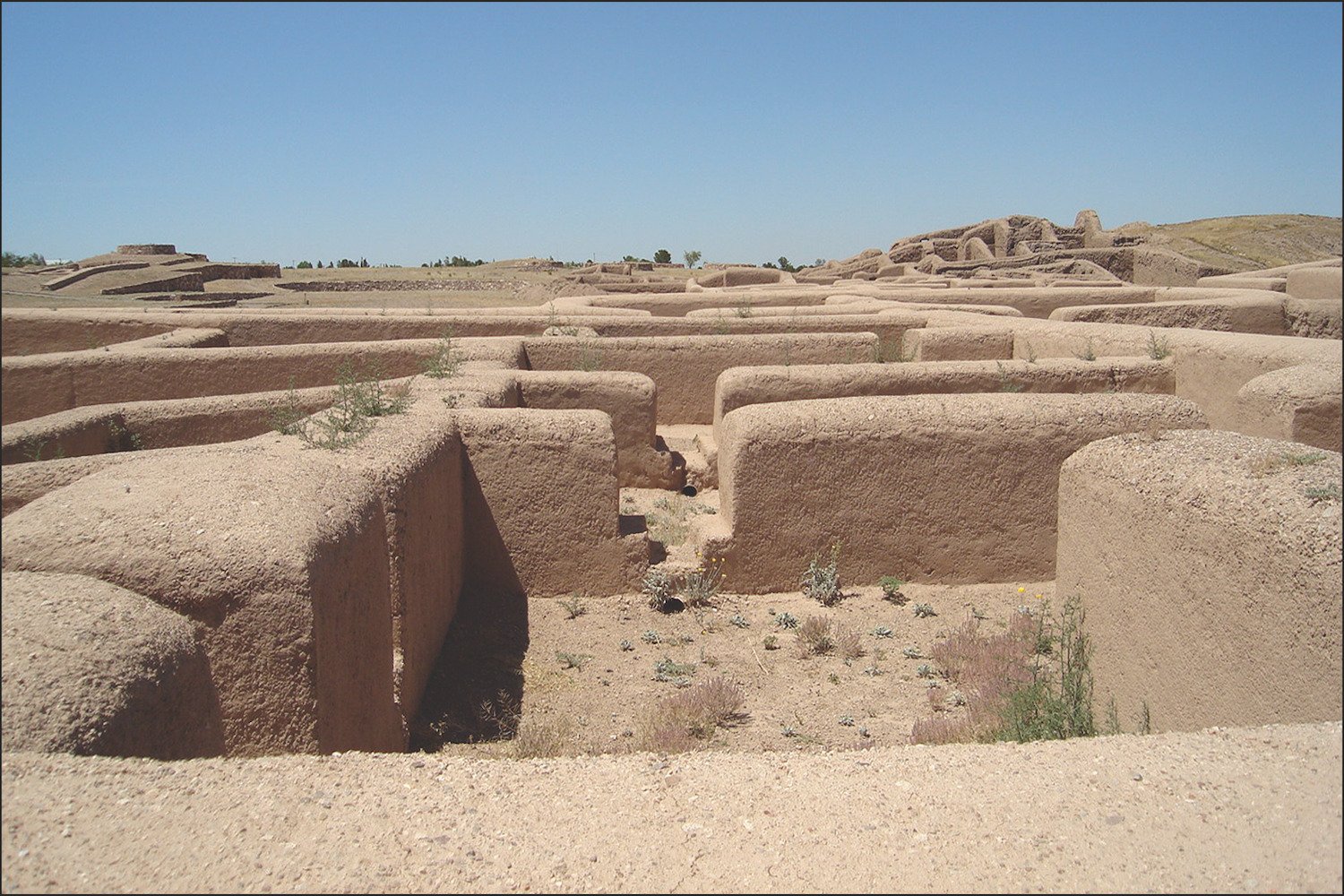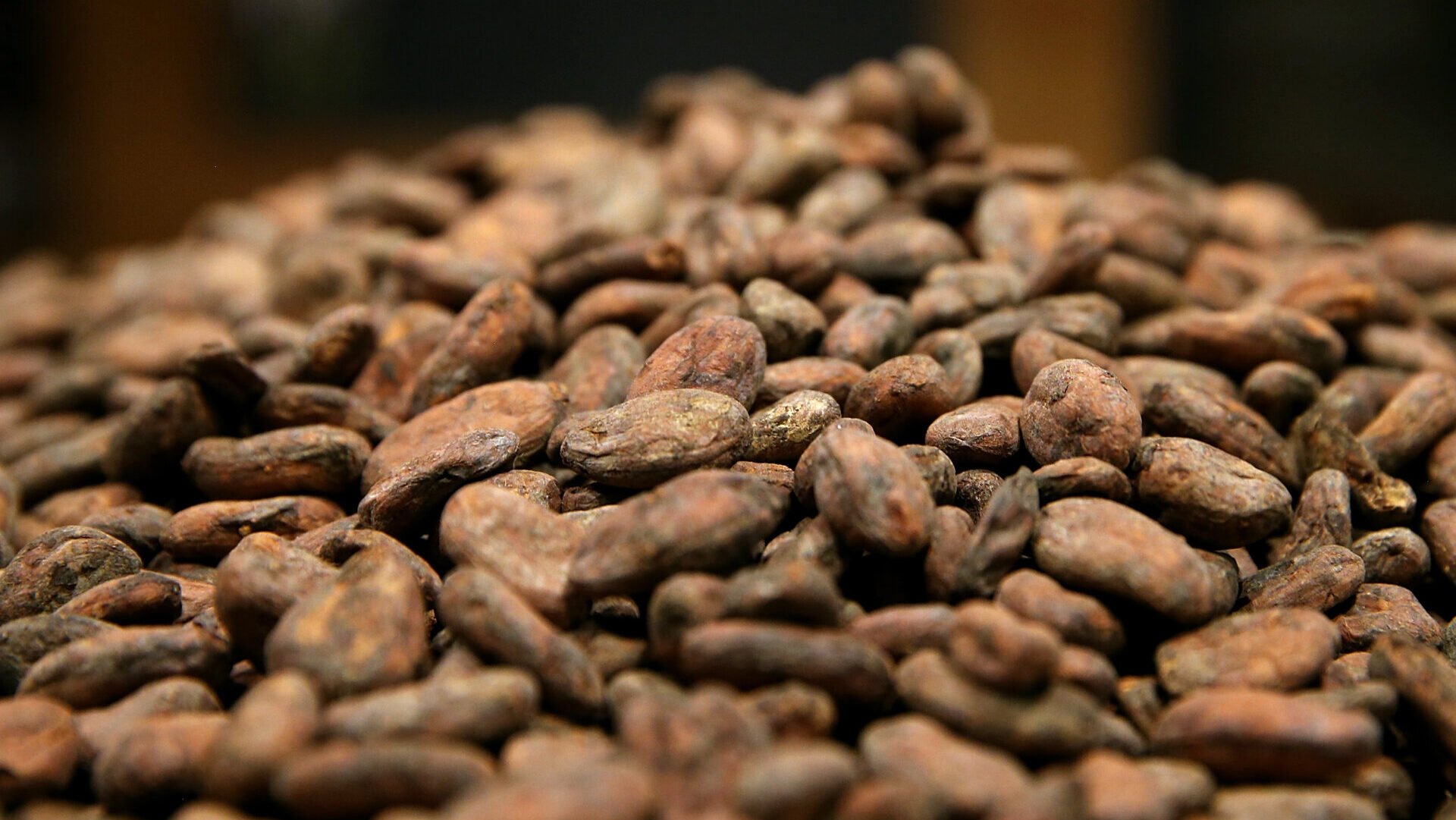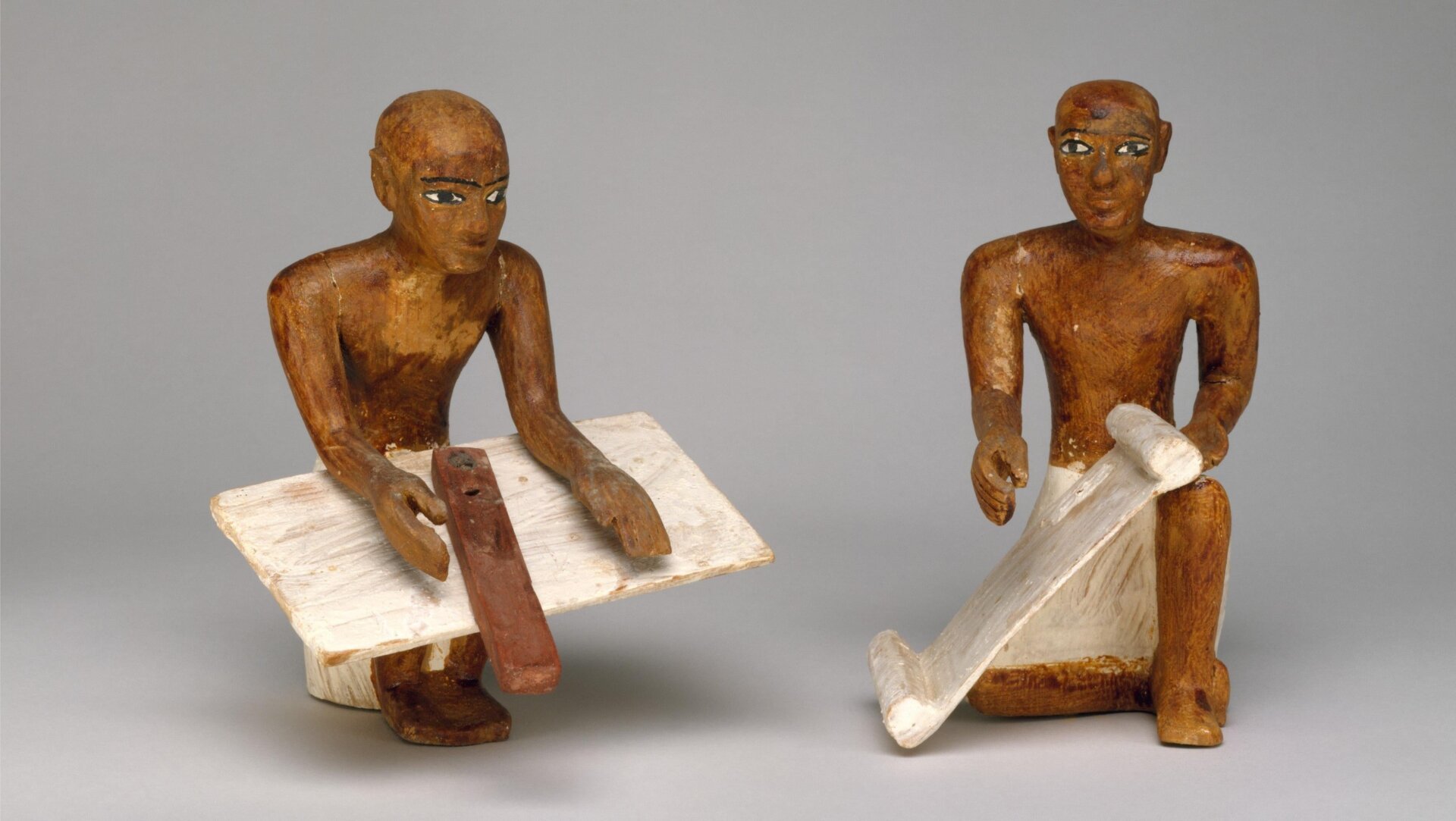The construction of Egypt’s famed Giza pyramid complex, one of the ancient world’s wonders, came with a cost. As laborers worked on the necropolis, they may have been exposed to significant amounts of copper, in what may be the earliest ever example of metal contamination.
The discovery of copper in samples of ancient soil could have ramifications for the timeline of when the area was first settled, and also the living conditions of ordinary, non-royal Egyptians of the time. The presence of toxic copper also indicates a thriving tool-making industry. Moreover, the new research reveals that industrial pollution has a deeper history than is typically recognized.
In 2019, a team of geochemists from France’s Aix-Marseille Université drilled into the ground in Khufu harbor, a 4,500 year old port—the oldest in known history—near to the site that became home to the pyramids of pharaohs Khufu, Khafre, and Menkaure. The harbor sat alongside a tributary of the Nile River that no longer exists. The scientists then examined the samples using a technique known as plasma-less spectrometry to measure for levels of copper and other metals, such as aluminum, iron, and titanium.
Using carbon dating, the same team reported in a new study, published in Geology, that the copper contamination would have begun around 3265 BCE, meaning the area was occupied by humans 200 years earlier than previously believed. The contamination peaked 750 years later, before ultimately petering out around 1000 BCE. The levels of copper were “5 to 6 times higher than the natural background,” Alain Véron, a faculty member at France’s Aix-Marseille University who worked on the study, told Eos.
According to the researchers, the copper’s presence is likely a sign of a thriving tool making industry. The discovery of arsenic, a semi-metallic element historically used by metalworkers to strengthen other metals, in the samples suggests that workers may have been building tools like blades, chisels, and drills. These tools would have been essential for the construction of the pyramid complex.
Copper pollution in the environment can have some awful effects on both human and animal life. While small amounts of the metal is essential to several human biological functions, such as producing energy and forming blood vessels, overexposure can cause vomiting, diarrhea, nausea, and abdominal pain. Long term exposure can have even more devastating effects, including kidney and liver damage. What effects, if any, the ancient Egyptians suffered due to the contamination is not known, but the presence of the metal in soil samples provides deeper insights into how they lived.
Because the copper levels were so high, it likely meant that industrial activity in the area was significant, Véron said. It also showed that residents of the area were resilient. The contamination period intersects with a time at around 2200 BCE where the Nile River reached historic lows, rocking Egypt’s economy and social structure. Yet work on Giza and other projects continued.
While much research has gone into the pyramids, including how they were built, and the lives of the pharaohs, Véron said the new study offers a glimpse into the lives of everyday ancient Egyptians who would have been coping with tempestuous political dynasties, and a changing environment, all of which sounds awfully familiar. The techniques used in the study could be deployed at other ancient Egyptian archaeological sites, telling us more about how the non-elites lived and worked, as they made the tools that were used to create some of the most enduring monuments in human history.














